Move Beyond “Close Enough” Data in Procurement - and 3 Steps to Get There
Introduction In procurement, “good enough” data often feels like a time-saver—just pick the closest match and move on. But in reality,...
3 min read
![]() Partium
:
Jun 7, 2022 10:11:23 AM
Partium
:
Jun 7, 2022 10:11:23 AM
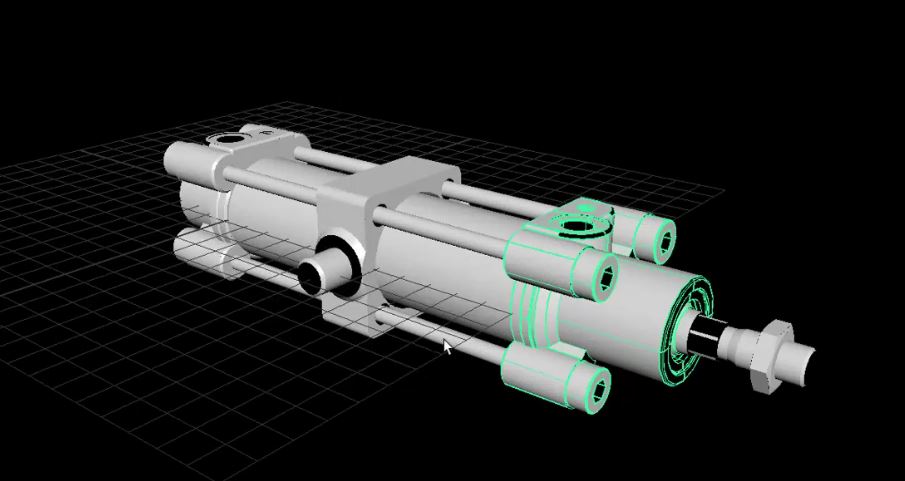
Within the framework of identifying replacement parts, images and visual information play an important role (link), but this article discusses the extent to which it makes sense to additionally generate image data.
Even simple products like ball valves or double nipples have a hundred thousand different dimensions and variants. Some of these variants differ greatly, others have only minimal differences or are identical in 2D view.
Entirely without image material, a complex replacement part with more than 10 features can be identified only based on a unique number or a unique position in a construction plan or drawing.
With an image or a rendered 3D schematic, a replacement part can only be identified in a closed, complete list for an assembly or in an assembly without alternative options. Additional information in product names or the short description with individual features reduce the risk of an incorrect decision.
With four to ten images, complex materials can be effectively compared from all sides without missing out on information about one of three connections, for instance.
Machine-generated images have the advantage that they can be produced systematically in large quantities by support staff. As a disadvantage, quality problems are sometimes encountered if the images are not placed precisely on the plates. Especially in commercial catalogs, isolated and visually very clean images highlight the quality of the provider. For a replacement parts identification project, these are helpful but often associated with high costs. Within the framework of pureidentification projects, we advise customers against using a machine to produce 360-degree images of all products due to cost and time considerations. Providers of photo machines include, for example, Orbitvu, Bosch Cognitive Service and
Tip: Excellent image material is already available for many standard products from the product manufacturers.
Advantage: The images can be used for web shops.
Disadvantage: The logistical workload is considerable. The machine setup plus retrieving and storing the products again costs about 30 euros even without image data generation.
Disadvantage: Without this information, however, the images and renderings are not informative or – in the worst case – even false. The more complex products must then be recreated by a 3D designer based on an actual photo. The costs vary according to the product complexity
Advantage: The designer requires only an image and not the physical product to create a series of images.
3D renderings based on Solidworks, for example, are suitable for simple products if there are no more than two or three different items of surface information (flat washers are good examples). Complex products often differ greatly from reality for multiple reasons. Firstly, it is a great risk for the provider to publish complete information. Secondly, much information is simply not required for designing a machine. Threading, ball bearings, material information and other details are 99% not managed and/or not available. Example: Screws. With 10,000 or more data records, it is unfortunately not possible to determine in advance whether or not it makes sense to render a product without first manually examining each and every data record. Costs: The costs run about five to twenty euros per product.
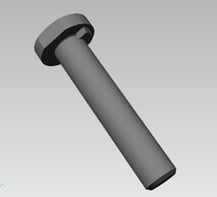
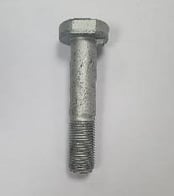
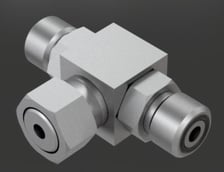
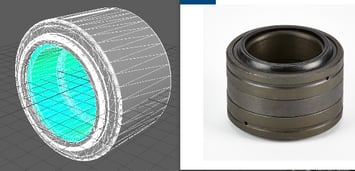
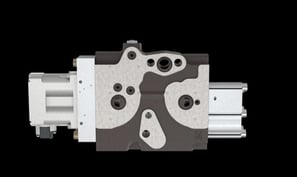
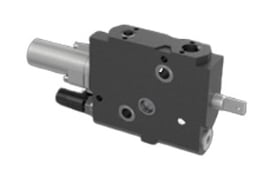
User images are by far the most interesting reference data material for AI-based replacement parts identification. Because of the level of realism and the low cost, we recommend this type of data to our customers as the starting material for a replacement parts identification project. The Partium system calls on the user to describe unidentified replacement parts and to forward the associated images to an expert. The expert can then answer the inquiry and add the images as reference information.
Advantage: The products are photographed without the logistical overhead. They are often used and reflect actual reality.
Disadvantage: They only arise gradually and can only be generated artificially up to a certain point.
Tip: Replacement parts management is a team sport, and everyone (customers, logistics specialists) can help reduce the complexity of the process over time.
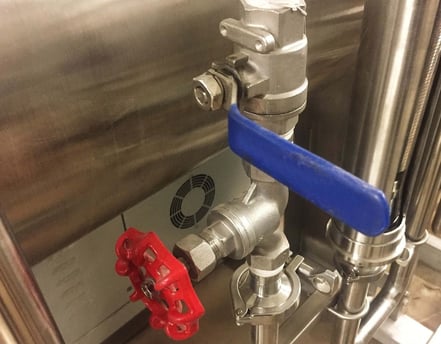
Of course not. That is unbelievably laborious and time-consuming. Standard products are used in many machines and systems. They have been sold, installed and searched for thousands of times, and Partium recognizes them based on the names or numbers in the replacement parts lists.
Our recommendation is: The images must be generated depending on the quality of the descriptions and the IDs on the products, the quality of the parts lists, the complexity of the products and the prior knowledge of the users. Here, we advise our customers to focus on the users with real search problems rather than on the general population. Experience has shown that for over 90% of products, additional image material fails to solve the identification problems or makes only a minor contribution.
Tip: An expansion of the material master data and classification of the products, e.g. via eClass or UNSPC, costs just a fraction and can be generated fully automatically.
Summary:
Existing images are extremely helpful and are always incorporated. Additional images and image data for all products should only be created in emergencies or for reasons of enhancing the company’s image. The sole exception: For individual drawing parts that are not available on the market, it is necessary to assess the prospects and risks of imaging on a product-specific basis.

Introduction In procurement, “good enough” data often feels like a time-saver—just pick the closest match and move on. But in reality,...
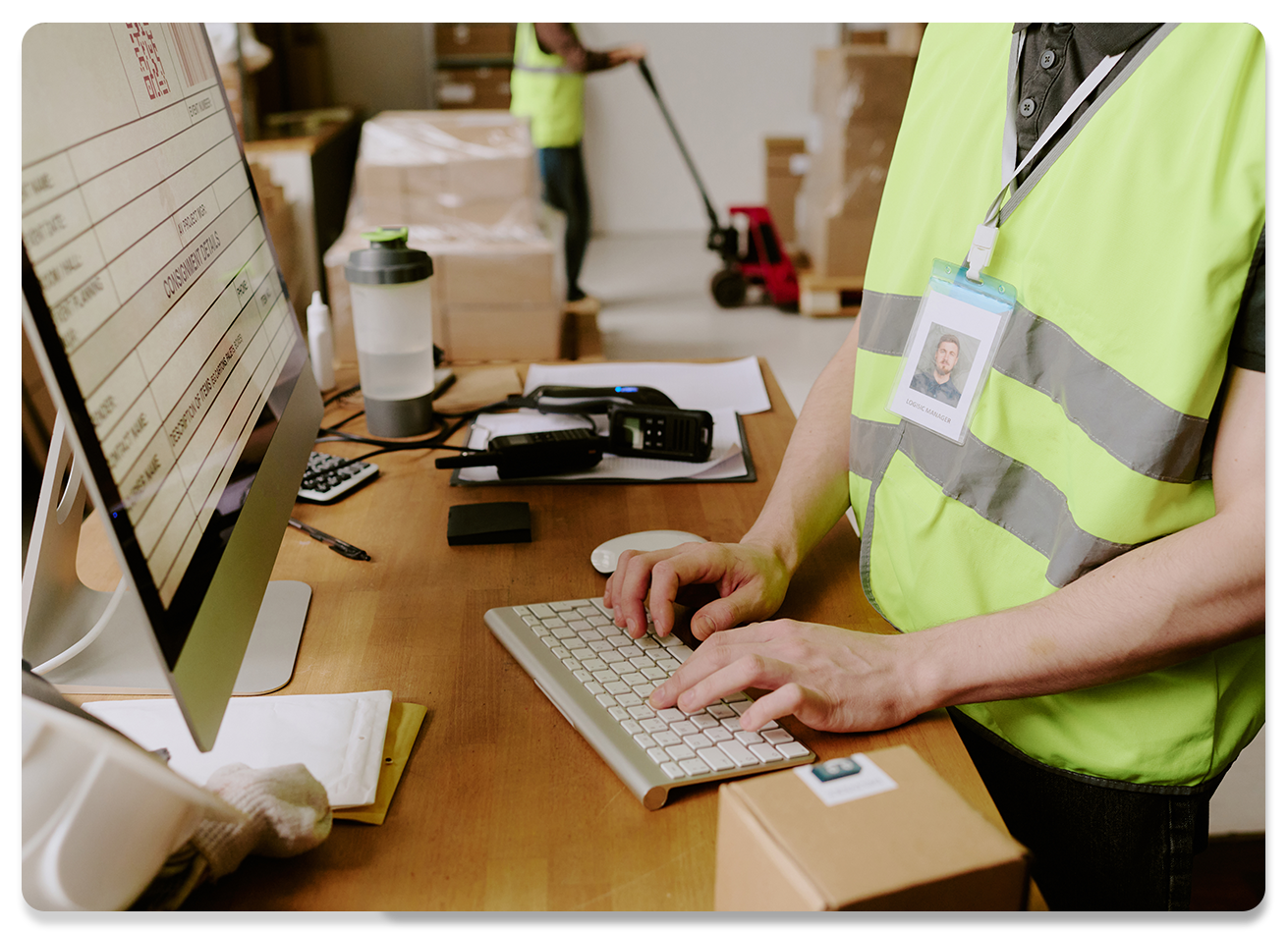
Recent U.S. tariffs have dramatically reshaped global supply chains, prompting industrial and supply chain teams to urgently address mounting costs,...
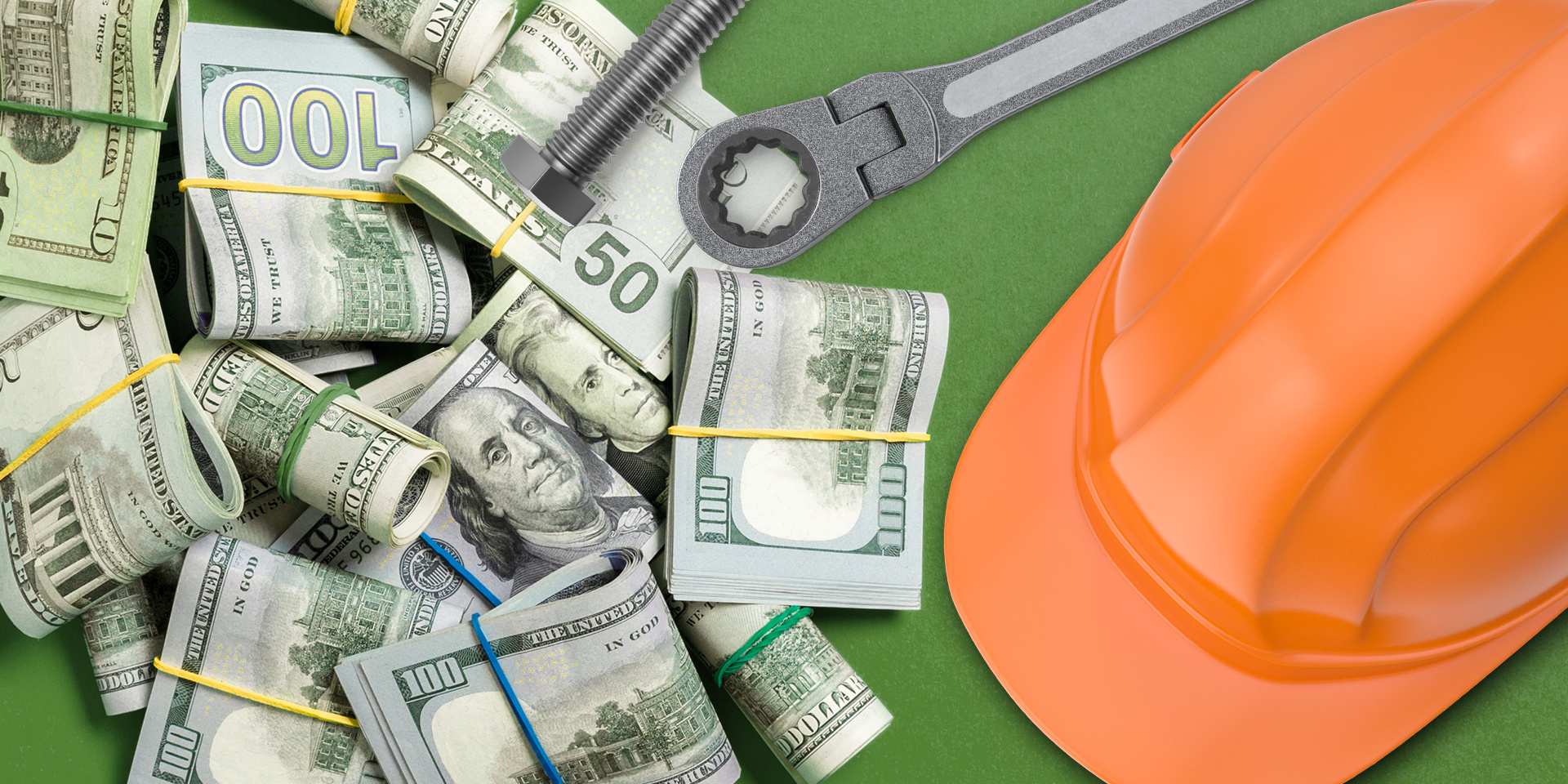
MRO Optimization in 2025: Are You Leaving Millions on the Table?